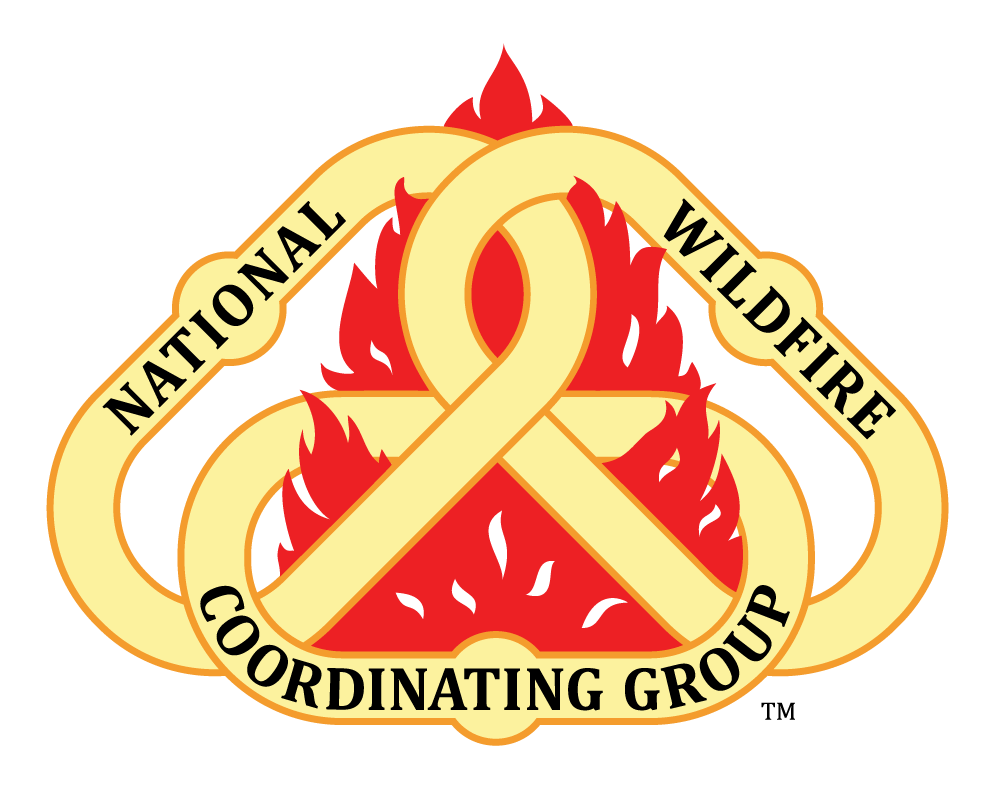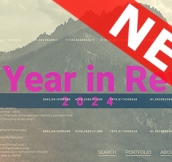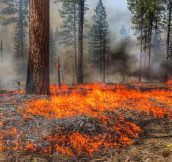
Is Your LCES Adequate
Intent
Establish Lookouts, Communications, Escape Routes, and Safety Zones (LCES) based on worse-case fire behavior and potential.
Facilitator Preparation
- Review the video and module tools.
- Consider additional activities and discussion questions pertinent to the location and agency.
Facilitating the Discussion
- Show the video.
- Facilitate a small or large group discussion using the discussion questions.
Discussion Questions
- What led to Paul Gleason creating LCES in 1991?
- This video states that LCES should be based on worst-case fire behavior. Have you been on an incident where it wasn’t based on a worst-case scenario? What was the outcome?
- Where are some of the largest safety zones that you’ve seen? Were they implemented based on explosive fire behavior? Were they adequate?
- The term “set it and forget it” was used in this video for LCES. How do you feel about this term?
- According to the video, what is the fundamental intent of a lookout?
Resources
- Publication: Incident Response Pocket Guide (IRPG), PMS 461
- Document: 6 Minutes for Safety – Origin of the 10 and 18
- Document: LCES and Other Thoughts by Paul Gleason
- Document: The 10 Standard Firefighting Orders and 18 Watch Out Situations: We Don’t Bend Them, We Don’t Break Them…We Don’t Know Them
Additional Video Information
- This video is also available as a download (zip file, size 26 MB) with .srt file for closed captioning (you may need to right click and Save As). For information on how to add closed captioning to a video, see this how-to page.
- Note: For Chrome, Firefox, and Edge, right click the word download and select Save Link As; for Internet Explorer (IE), right click and select Save Target As.





